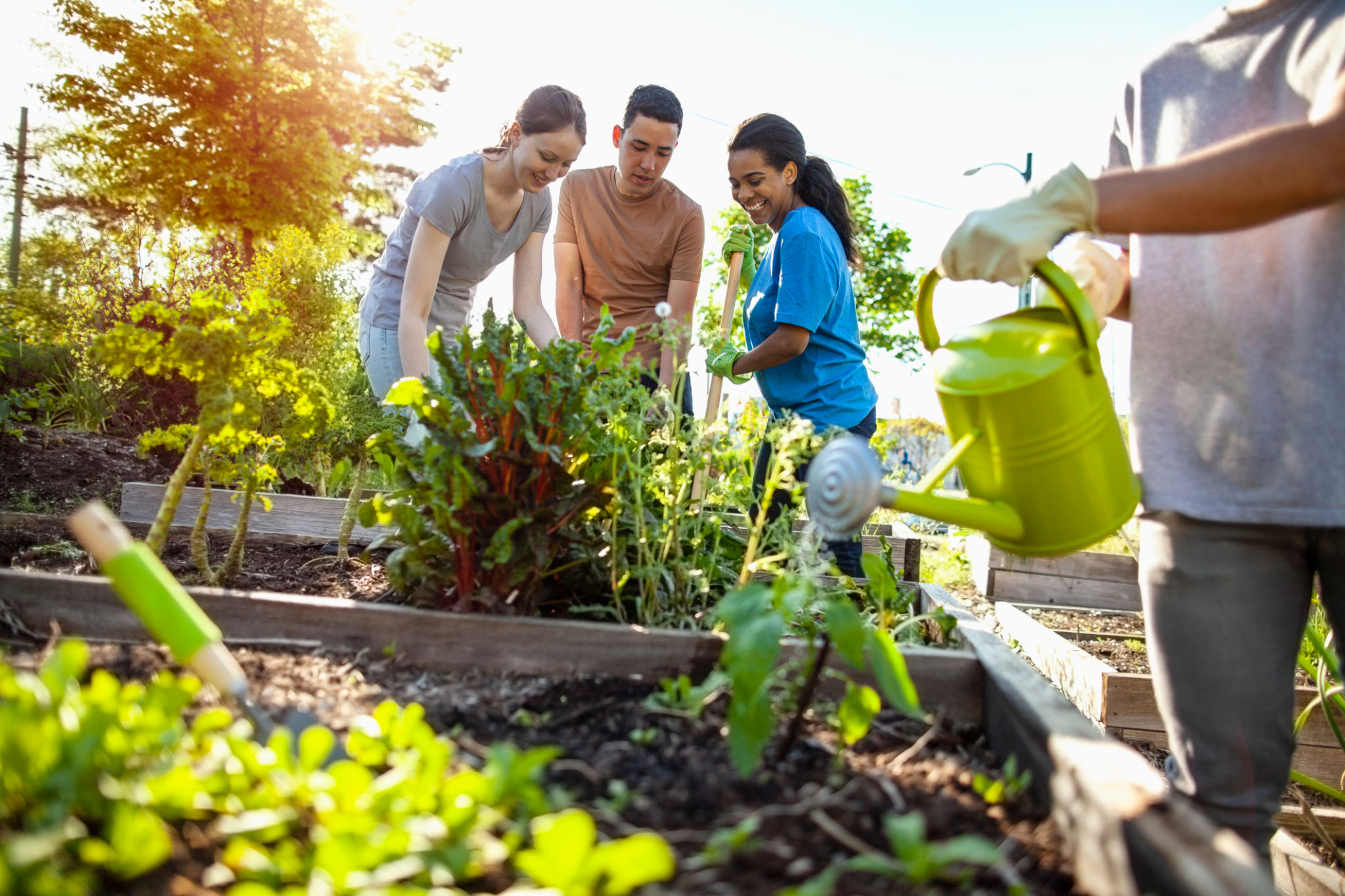Success Stories: How Walton County Homeowners are Using Bio-Swales to Improve Water Quality
Transforming Landscapes with Bio-Swales
In Walton County, homeowners are experiencing a transformative shift in managing stormwater runoff through the innovative use of bio-swales. As concerns over water quality continue to rise, these natural landscape features have emerged as a sustainable solution for improving water management and enhancing the environment.
Bio-swales are designed to mimic natural processes, channeling rainwater through gently sloped, vegetated areas. This not only slows down water flow but also aids in filtering pollutants, promoting cleaner water systems. As a result, Walton County residents are witnessing firsthand how these eco-friendly designs can have a positive impact on their communities.

The Benefits of Bio-Swales
The adoption of bio-swales offers several key benefits that are becoming increasingly evident to homeowners. Firstly, bio-swales help in reducing surface runoff, which minimizes the risk of flooding in residential areas. By absorbing and filtering rainwater, they also contribute to recharging groundwater supplies, a crucial aspect in areas facing water scarcity.
Additionally, bio-swales serve as a natural habitat for native plants and wildlife. This boosts biodiversity and enhances the aesthetic appeal of residential landscapes. Homeowners are finding that these features not only provide environmental benefits but also increase property values due to their attractiveness and functionality.
Community Collaboration and Success Stories
Many success stories in Walton County highlight the power of community collaboration. Homeowners have come together to share knowledge, resources, and experiences in implementing bio-swales on their properties. This collective effort has led to widespread adoption and increased awareness about sustainable water management practices.

For instance, one neighborhood organized workshops to educate residents about the design and maintenance of bio-swales. As a result, a significant number of homes in the area now feature these eco-friendly systems, leading to noticeable improvements in local water quality. This initiative has become a model for other communities looking to adopt similar practices.
Steps to Implementing Bio-Swales
If you're considering incorporating bio-swales into your landscape, there are several steps you can take:
- Assess Your Property: Identify areas where stormwater runoff is most problematic.
- Design Your Bio-Swale: Plan the size and shape based on the slope and drainage needs of your property.
- Select Plants: Choose native plants known for their water absorption and filtration capabilities.
- Construct: Implement your design with assistance from professionals or through community efforts.
- Maintain: Regularly check for debris accumulation and ensure plants are healthy.
The Future of Sustainable Water Management
As more homeowners in Walton County continue to embrace bio-swales, the collective impact on water quality is undeniable. These systems exemplify how small changes at the individual level can lead to substantial environmental benefits. By investing in bio-swales, residents are taking proactive steps towards a more sustainable future.

The success stories emerging from Walton County serve as an inspiration for other regions facing similar challenges. As awareness grows and more people witness the tangible benefits, it's likely that bio-swales will become a standard feature in modern landscape design. By prioritizing environmental stewardship, homeowners are not only improving their immediate surroundings but also contributing to the health and well-being of their entire community.